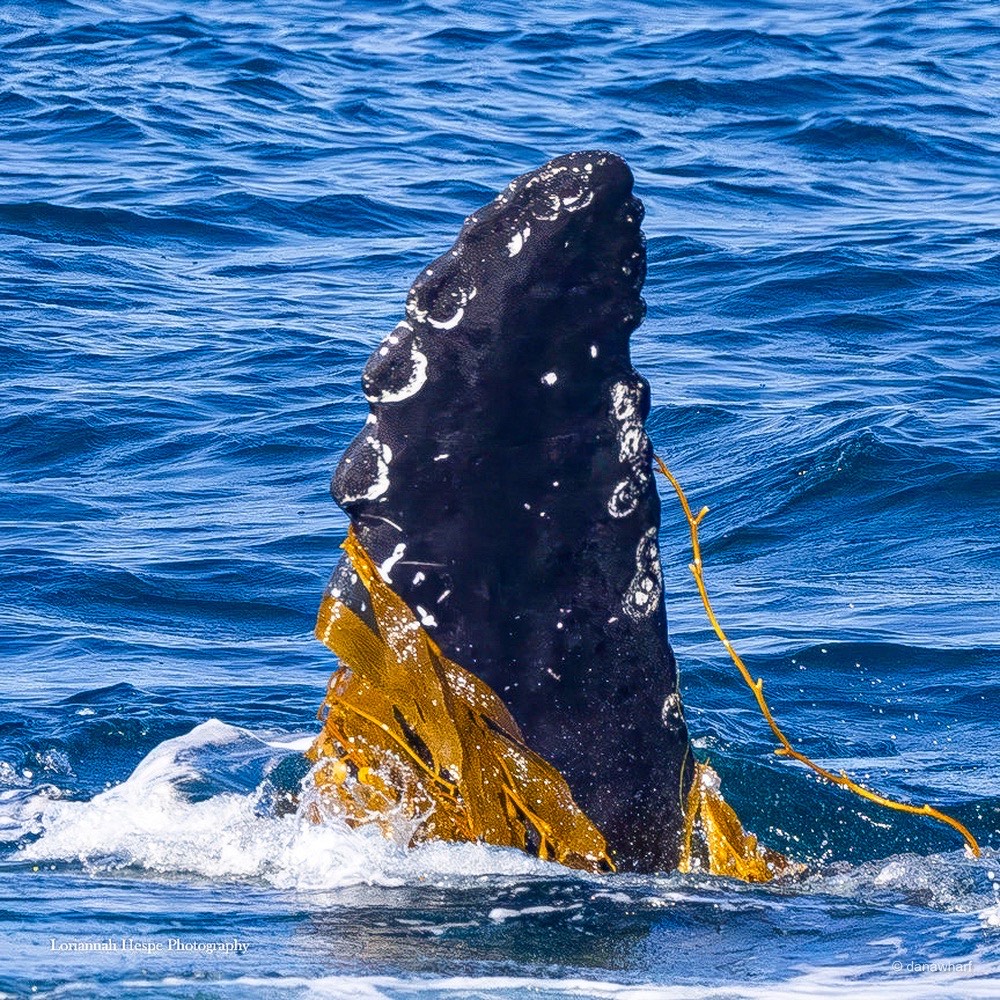The Impact of Seasonal Changes on Whale Behavior
Whales are majestic creatures that have captured the fascination of humans for centuries. These marine mammals are known for their impressive size, unique songs, and their annual migration patterns. But have you ever wondered how seasonal changes affect whale behavior? In this article, we will explore the impact of seasonal changes on whale behavior and how it affects their migration patterns.
Understanding Whale Migration
Before we dive into the impact of seasonal changes, it’s important to understand the basics of whale migration. Whales are known for their long-distance migrations, which can cover thousands of miles. These migrations are driven by the need to find food, mate, and give birth in specific locations.
Whale migration patterns vary depending on the species, but they generally follow a similar pattern. In the summer months, whales migrate to colder, nutrient-rich waters to feed. As the seasons change and the water temperature drops, they migrate to warmer waters to mate and give birth. This cycle repeats every year, making whale migration a crucial part of their survival.
The Role of Seasonal Changes in Whale Migration

Seasonal changes play a significant role in whale migration patterns. As the water temperature changes, so does the availability of food. In summer, many areas experience upwelling or nutrient mixing that boosts plankton and prey abundance. As conditions shift seasonally, whales may move to more productive waters, or migrate to warmer breeding/calving grounds—not only because food becomes scarce, but also for reproduction and survival strategies.
Additionally, seasonal changes also affect the mating and birthing patterns of whales. Female whales typically give birth in warmer waters, where their calves have a higher chance of survival. This means that as the seasons change and the water temperature drops, pregnant whales must migrate to warmer waters to give birth.
The Impact of Seasonal Changes on Whale Behavior
Whales are highly intelligent creatures, and their behavior is heavily influenced by seasonal changes. Here are some ways in which seasonal changes affect whale behavior:
Feeding Behavior
As mentioned earlier, seasonal changes affect the availability of food for whales. This means that their feeding behavior also changes depending on the season. In the summer months, when food is abundant, whales will spend more time feeding and less time traveling. However, as the water temperature drops, they must travel longer distances to find food, which can affect their feeding patterns.
Breeding Behavior
Seasonal changes also play a significant role in the breeding behavior of whales. Male whales may compete during breeding season, exhibiting display or aggressive behaviors. These behaviors are typically constrained to the breeding window, rather than simply triggered by dropping water temperatures.
Social Behavior
Whales are social creatures and often travel in pods. However, seasonal changes can affect their social behavior. Whales may change their social or pod behavior seasonally depending on prey distribution, migration needs, or social structure — formation of larger groups is likely driven by ecological factors more than direct thermoregulation.This can lead to changes in their social dynamics and interactions with other pods.
Whale Behavior During Different Seasons

Now that we understand how seasonal changes affect whale behavior, let’s take a closer look at how whales behave during different seasons.
Summer
In the summer months, whales are typically found in colder, nutrient-rich waters, where they spend most of their time feeding. During this time, they may exhibit behaviors such as breaching, where they jump out of the water, or tail slapping, where they hit the water’s surface with their tails. These behaviors are believed to be a form of communication between whales and may also serve as a way to stun prey.
Fall
As the seasons change and the water temperature drops, whales begin their migration to warmer waters. During this time, they may exhibit more social behavior, as they travel in larger pods. This is also the time when male whales compete for the attention of female whales, which can lead to aggressive behavior.
Winter
Many migratory whales spend winter in warmer breeding and calving grounds. However, resident or non-migratory species may remain in cooler regions year-round. During this time, they may exhibit behaviors such as spyhopping, where they poke their heads out of the water to get a better view of their surroundings. This behavior is believed to be a way for whales to communicate with each other and to keep an eye out for potential predators.
Spring
As the water temperature begins to rise, whales start their journey back to colder waters. During this time, they may exhibit behaviors such as breaching and tail slapping, as they prepare for their return to their feeding grounds.
The Role of Whale Watching in Understanding Whale Behavior
Whale watching has become a popular activity for tourists and researchers alike. Companies like Dana Wharf Whale Watching offer tours that allow people to observe whales in their natural habitat. These tours not only provide a unique experience for tourists but also play a crucial role in understanding whale behavior.
By observing whales in their natural habitat, researchers can gather valuable information about their behavior, migration patterns, and social dynamics. This information can then be used to develop conservation strategies and better understand the impact of human activities on whale populations.
Seasonal changes play a significant role in the behavior of whales. As the water temperature changes, so does their feeding, breeding, and social behavior. By understanding these changes, we can gain a deeper insight into the lives of these magnificent creatures and work towards protecting their habitats and ensuring their survival for generations to come.
